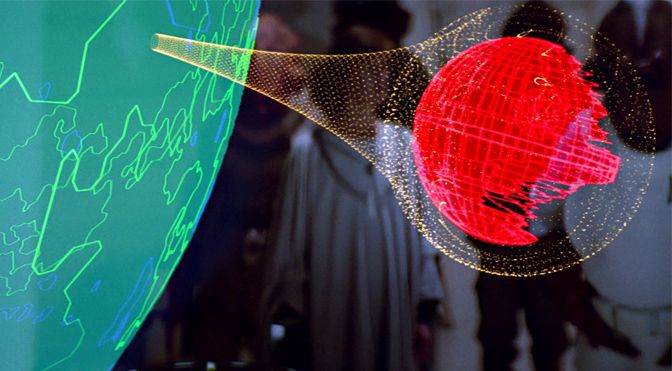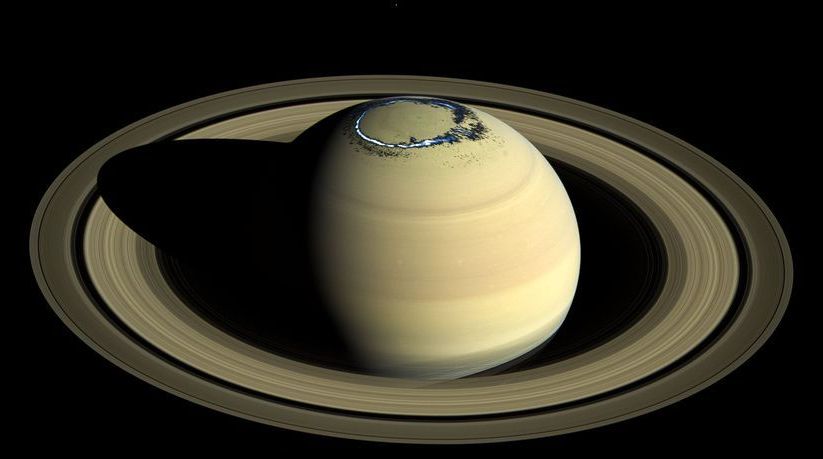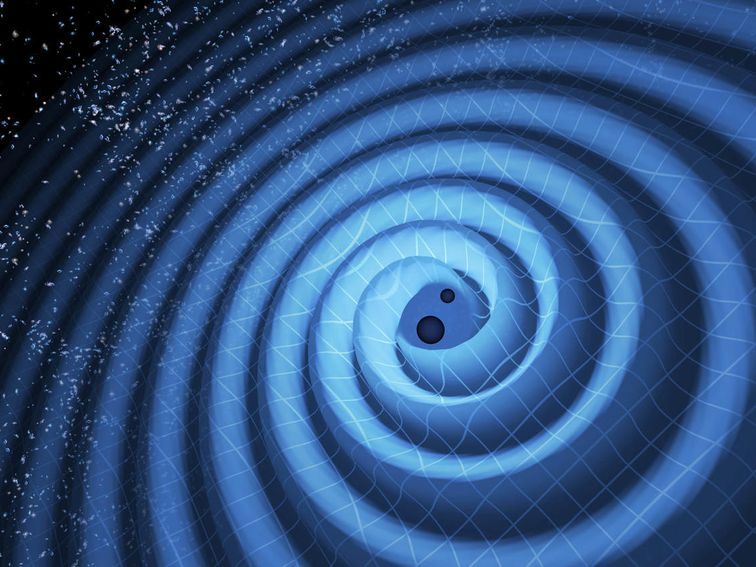Circa 2016
Physics students at the University of Leicester have boldly gone where no student has gone before – by calculating one way to potentially build photon torpedoes seen in the Star Trek universe.
Announced to coincide with the release of Star Trek: Beyond, which opens in UK and US cinemas on 22 July, the students’ findings suggest that in order to function correctly, a photon torpedo could be made out of heavy metals such as lead or uranium, as metals with fewer protons would not have the necessary cascade length.
The students presented their findings in a short article for the Journal of Physics Special Topics, a peer-reviewed student journal run by the University’s Department of Physics and Astronomy. The student-run journal is designed to give students practical experience of writing, editing, publishing and reviewing scientific papers.







